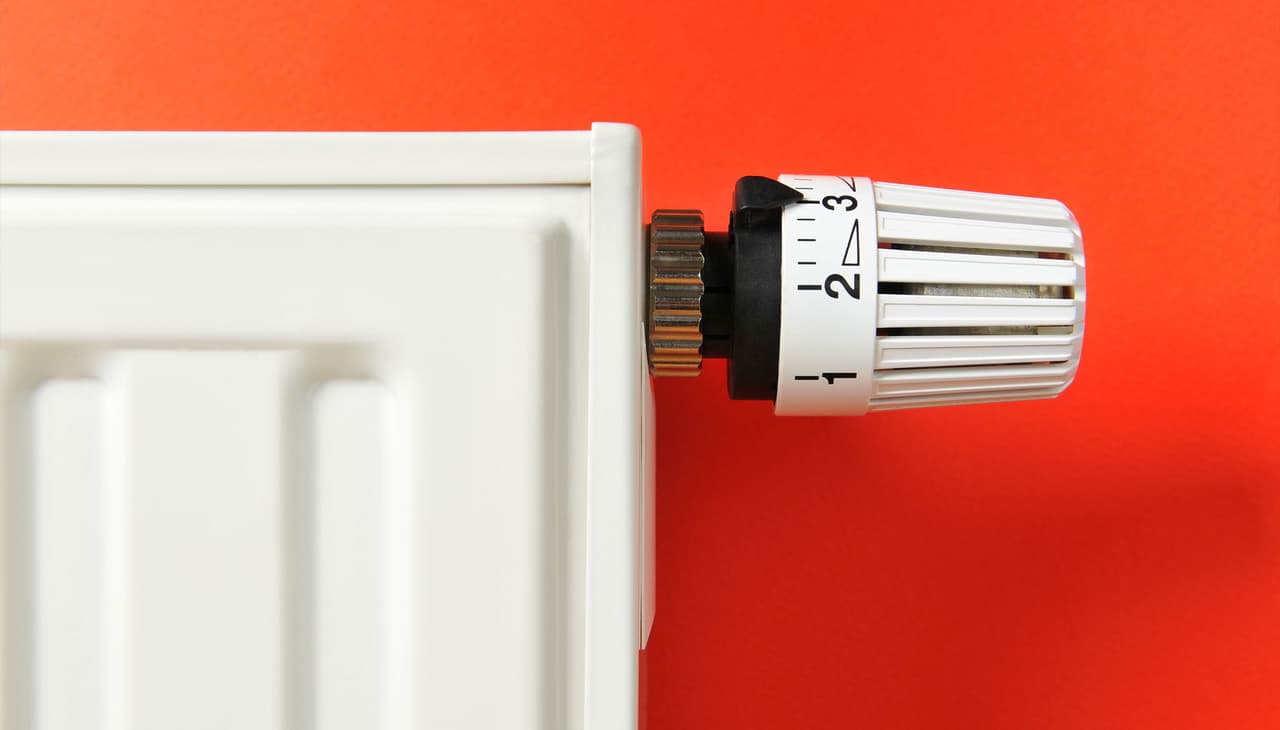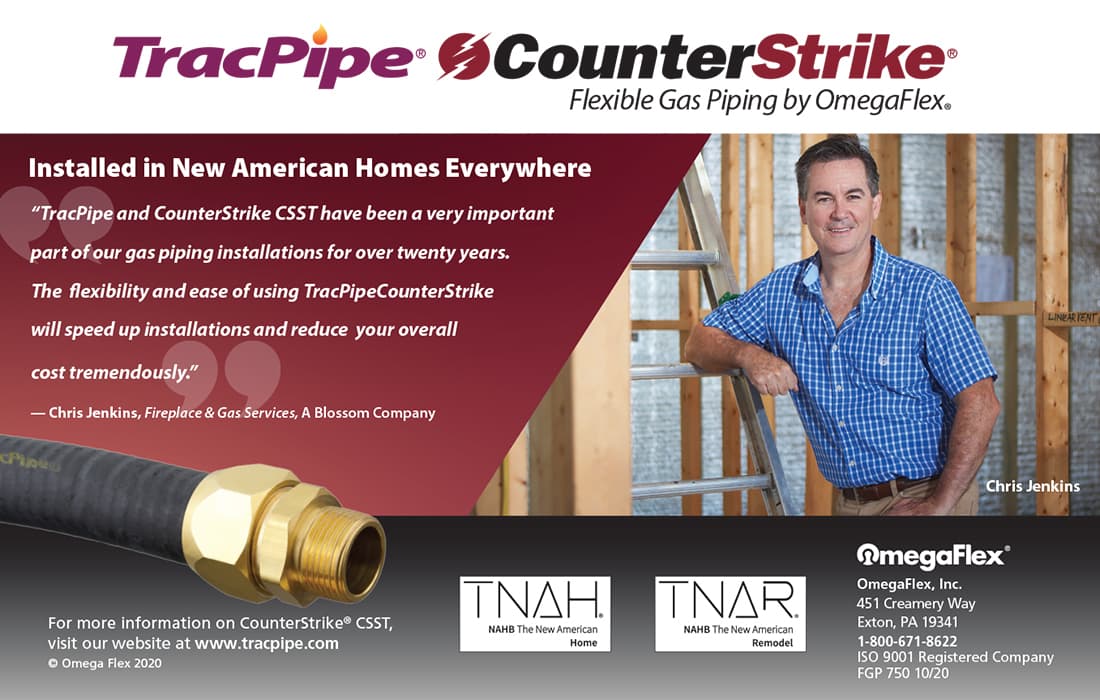
HEATING HELP
BY DAN HOLOHAN
My favorite radiator stories
The things we are taught when young stay with us for a long time — even if they are not always the right things.

So, I’m visiting a wholesaler in an old town on Long Island where my Uncle Tony worked when he was still on this side of the lawn. You would have liked him.
A homeowner walks in. We could tell he was a homeowner because he was wearing chinos, a golf shirt and boat shoes. Any contractor who dressed like that for work wasn’t going to be standing at Uncle Tony’s counter.
“How can I help you?” Uncle Tony asked.
“I need a new radiator,” the homeowner said. He handed Tony a photo. “This is what the old one looked like. It broke.”
Uncle Tony took the photo and looked at it. It was a sectional, cast-iron radiator. “That’s an old one,” he said.
“I guess it came with the house,” the homeowner said.
“How did it break?”
“It just didn’t work as it should.”
Uncle Tony took a closer look at the photo. “You have a one-pipe steam system, right?”
“I have oil,” the homeowner said.
“I don’t mean the fuel. I mean the type of heating system. This is one-pipe steam.” He pointed to the photo. “See this? That’s a steam air vent. And over here. There’s just one pipe connecting the radiator. That’s one-pipe steam.”
“OK,” the homeowner said.
“Do you remember how high this radiator was?”
A contractor called to say his client needed more heat in a certain space that was now served by copper fin-tube baseboard. He was going to specify cast-iron baseboard to replace the copper.
“Thirty-two inches from the floor to the top,” the homeowner said, offering Uncle Tony his notepaper. “I also have all the other measurements.”
“That’s good,” Uncle Tony said. He flipped the pages of a thick catalog mounted on a metal stand, tapped a page and said, “This one should do just fine.”
“How much is it?” the homeowner said.
Uncle Tony gave him the price and the homeowner’s eyes went wide. “Why so expensive?” he asked.
Uncle Tony shrugged. “That’s what they cost,” he replied. “We don’t set the prices. The manufacturer does.”
“But it’s expensive!” the homeowner said.
“You think so? Well, everything is relative,” Uncle Tony said. “Maybe you can fix the old one?”
“We threw that one away.”
“Why did you do that?” Uncle Tony questioned. “Was it leaking?”
“No, it wasn’t leaking,” the homeowner said. “It just wouldn’t get hot all the way across unless it was really cold outside.”
Uncle Tony looked at me. “Do you want to give him the news, or should I?” he asked.
“It’s your place,” I said.
“OK, here’s the deal,” Uncle Tony told the homeowner. “One-pipe steam radiators don’t get hot all the way across unless it’s very cold outside. That’s normal.”
“How can that be normal?” the homeowner said.
“It’s sized for the coldest day of the year. On other days, your thermostat turns off the steam when the radiator is just hot enough. That’s how steam heat works.”
“Well, what am I supposed to do now?” the homeowner said.
“Um, buy a new radiator?”
“But it’s too expensive!”
Uncle Tony shrugged and waited on the next customer.
Stubborn miscalculations
Here’s another one for you. A contractor called to ask me about another cast-iron radiator.
“I was looking at the charts in your 'Every Darn Radiator' book,” he said. “I think this radiator that I have on a job is much too small for the room that it’s in.”
“How big is the radiator?” I asked.
“According to the charts, it’s good for 35 square feet.”
“Well, let’s see,” I said. “Thirty-five square feet EDR is equal to 8,400 Btu/h when you’re using low-pressure steam. Is this steam?”
“Yeah.”
What’s the heat loss of the room that it’s in?” I said.
“I don’t know.”
“Well, how big is the room?”
“It’s 10 by 10,” he said.
“How much heat loss can you have in a 10 by 10-foot room?” I asked. “Are there a lot of windows?”
“No,” he said. “It’s just a bedroom. It’s got one window. Regular size.”
“Are there rooms next to this bedroom?”
“Yeah.”
“Are they heated?”
“Yeah, they are.”
“Is there a heated space above and below this room?
“Above there is. Below is just the basement, and that’s not heated all the time.”
“Is this bedroom we’re talking about cold?” I asked.
“No, it heats OK.”
“Then what makes you think the radiator in the room is too small?”
“Well, according to the chart in your book, it’s only good for 35 square feet, but the room that it’s in is 10 by 10.”
“So?”
“So the room is a hundred square feet. Ten by ten, right? This radiator’s only good for 35 square feet. It should be at least three times bigger than it is to heat this room, right?”
“Wait a minute,” I said. “You think the square foot EDR rating of the radiator has something to do with the square foot area of the floor?”
“Yeah. I mean doesn’t it?”
“No, it doesn’t.”
“Well, that’s the way I’ve been figuring them for years,” he said.
I waited.
“You telling me I’ve been doing it wrong all these years?”
“Yes,” I said.
“But that’s the way I was taught to do it. My father taught me. His father taught him.”
“Yes,” I said.
Have you ever noticed how the things we are taught when we are young stay with us for a very long time? Even if they’re the wrong things? We actually defend them. People are funny that way.
A contractor called to say his client needed more heat in a certain space that was now served by copper fin-tube baseboard. He was going to specify cast-iron baseboard to replace the copper. I asked him why he would do this, and he said: “So the client can have more heat, of course. But I can’t lay my hands on the baseboard catalog right now. I’m not in my office. Maybe you can help. Do you know how much more heat cast-iron baseboard puts out?”
“Compared to copper-fin-tube?” I said.
“Yes.”
“What temperature water are you going to use?” I asked.
He told me the average water temperature will be 170° F. I looked in the catalog and told him he was getting about 540 Btu/h per linear foot from the copper fin-tube baseboard. If he switched to cast-iron baseboard he would get about 550 Btu/h per linear foot.”
“But that’s only 10 more Btu/h per foot!” he said. “That can’t be true.”
“It is,” I said. “You can check it out for yourself when you get back to your office. Or call the manufacturer and ask them if you don’t believe me.”
“But I should get more output from cast-iron!” he insisted. “That’s ridiculous!”
“You will get more,” I said. “Ten Btu/h per linear foot.”
“But that’s not nearly enough! I wanted more. And I already sold the client on this. Do you know how much cast-iron baseboard costs? Oh, what am I going to do now?”
“You could admit you made a mistake. Take the hit, say you’re sorry and start over.”
“No, I can’t do that,” he said.
“Well, what made you suggest this option without checking?” I said.
“I just figured cast iron would put out more heat than copper,” he said.
“Why?”
“Because it’s heavier?” he said.
“It is heavier,” I said. “And it will stay hot longer than copper once the circulator shuts off.”
“There you go,” he said. “I told you it would put out more heat.”
“That’s not the same thing,” I said. “It also takes much longer to get hot than copper,” I said. “Copper heats 10 times faster than cast iron. But it also cools ten times faster. What you gain on one end of the heating cycle, you lose on the other end. It’s all about time. That’s why we talk about British thermal units per hour.”
“I can’t tell these people I made a mistake,” he said. “I just can’t. What am I supposed to do?”
“That’s not a physics question or an engineering question,” I said. “It’s not even a pipefitting question.”
“Then what is it?” he said.
“It’s an ethics question.”
“Huh?”

domin_domin/E+ via Getty Images
Dan Holohan and his wife, Marianne, founded www.heatinghelp.com in 1997. You can reach Dan Holohan at dan@heatinghelp.com. He loves hearing from you!

